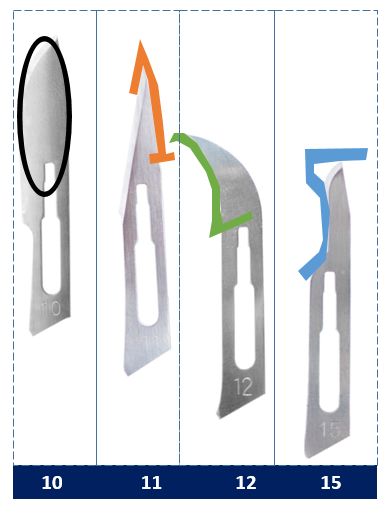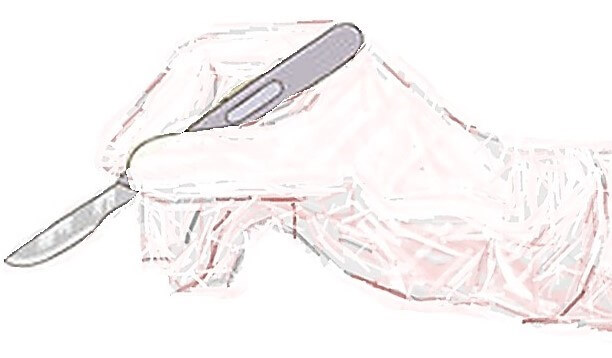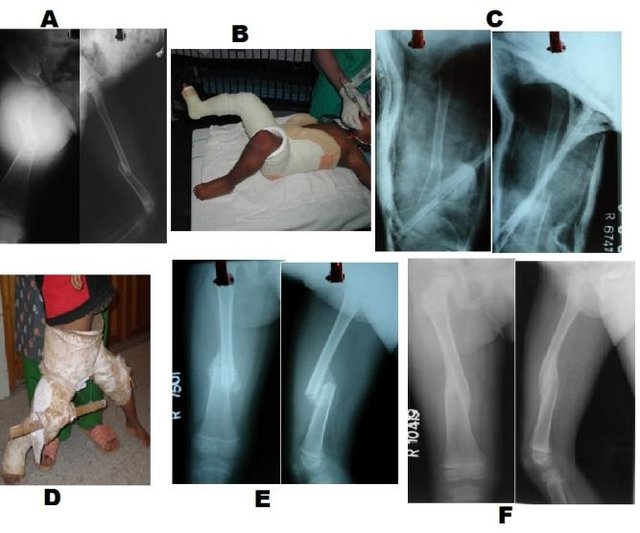Surgical blade anatomy
- Sharp edge: Belly
- Tip
- Unsharpened ridge opposite to the edge: Spine
- Slot for scalpel
Surgical blade numbers
Here is a trick to know the surgical blades by numbers – a simple image mnemonic which will require your imagination. We will only discuss blades commonly used in our practice.

Blade #11 – Straignt and Pointed like number “1”
- Used for stab incisions (like in abscess drainage) because of it’s pointed tip.
Blade #12 – Edge is curved like number “2”
- Enables surgeon to make incision in inaccessible areas.
Blade #15 – Edge is curved like alphabet “S” or number “5”
- Used for making short, precise (finer) incision.
Blade #10 – The edge or belly is round like number “0”
- Used for cutting tissues.
Blade #20, 21 – This is like Blade #10 but larger in size
- Used for cutting soft tissues and covering large distance during intial skin incision.


